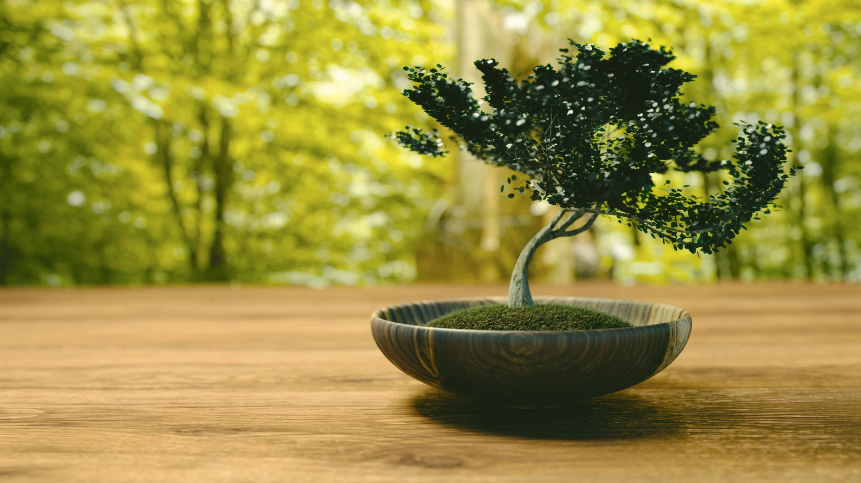Bonsai is an ancient art form of creating naturally beautiful miniature trees through the art of pruning and shaping. Originating in China, and later introduced to Japan, Bonsai has taken the art world by storm. It has been highly regarded as a form of living art for centuries. This art has been passed down through generations over the years and has become one of the most cherished traditions in the world. In this blog post, we will delve deep into the cultural background of Bonsai, its history in Asian and Western countries, and how it brings peace and harmony to a person's life.
Click here for the bonsai selection from Avalon.

The term "Bonsai" came about from the Japanese word "Bon-sai" which means "tray planting." This ancient Chinese art form was brought to Japan by the Zen Buddhists in the 6th century. From this point on, it has flourished in Japanese society. The Bonsai's cultural background dates back to the Tang Dynasty in China, where it was first seen as a symbol of wealth and elegance. This tradition carried on through the years and evolved to be more artistic and stylistically beautiful.
Bonsai, the Japanese art of cultivating miniature trees, has a rich history deeply rooted in ancient traditions. Originating from the Chinese practice of penjing, bonsai was introduced to Japan during the Heian period (794–1185) and has since evolved into a distinct art form. This meticulous cultivation symbolizes harmony, balance, and patience, reflecting Zen Buddhist principles. Today, bonsai continues to captivate enthusiasts worldwide, embodying a profound connection between nature and human artistry.
Bonsai came to the West in the mid-19th century when Japan opened its doors to the rest of the world during the Meiji Restoration period. Soon the Western world became enamored by Bonsai and the beauty it exuded.

The art form took its first foothold in Holland and then later spread to England, Germany, France, and the United States. Nowadays, Bonsai enthusiasts and artists come from all walks of life, all over the world. This means that the art of Bonsai has been mixed with cultures from around the globe.
The art of Bonsai is more than just pruning and shaping trees. It embodies everything a person needs to calm their mind and create peace and harmony. Bonsai can bring tranquility to a person’s soul by providing a place where they can be at one with nature. The art form requires time, patience, and dedication- one needs to take care of the tree as if it were a living entity, which it is. It teaches us to slow down and to focus on what is essential. Bonsai creates a meditative state while we care for and tend to our miniature tree.
Bonsai can also represent the beauty of imperfection. Like nothing in life is perfect, neither are trees. When cultivating Bonsai, it is important to acknowledge that imperfections can, in fact, add to the overall appearance of the tree. This art form not only allows us to see the beauty in imperfection but also in the natural process of aging. As time progresses and the tree grows, it tells a story of our dedication, care, and commitment to this art.
Bonsai’s beauty is more than just for us bonsai enthusiasts, but also for everyone who comes into contact with it. It is the connection between the physical and spiritual world. It helps us appreciate nature, and most importantly, it helps us to connect intimately with nature. The art of Bonsai has been called many things like meditative, therapeutic, calming, and relaxing by enthusiasts.
Click here for our store locations
Therefore, Bonsai is more than just a sliver of nature in your home. It is an art form that connects people to nature and represents peace and harmony. The cultural background of Bonsai brings the traditions of China and Japan together.
When we plant a Bonsai, we acknowledge the importance of living in harmony with the environment and life itself. Learning the ancient art of Bonsai is not a quick journey; it is a lifetime experience, but one that puts life into perspective, allowing us to live mindfully and enjoy the simple things. The art of Bonsai will continue to fascinate and engross thousands of enthusiasts worldwide now and in the years to come.
